Small laboratory kneader mixer is a precision equipment designed specifically for laboratory environments, mainly used for small batch high-precision material mixing in research institutions, universities, and enterprise research and
development centers.
This type of equipment can meet the needs of materials science research and new product development, especially for the mixing, kneading, and dispersion processes of rubber, plastic, silicone, hot melt adhesive, metal powder,
and chemical raw materials. Here are some main characteristics and applications of internal mixers for small laboratories:
###Main features:
1. * * miniaturization and flexibility * *: compact size, usually between 0.05L and 20L(1L, 1.5L 3L, 5L, 7.5L, 10L and 20L for choice), suitable for laboratory space limitations, easy to operate and transport.
2. * * Diversified rotor design * *: Provides different types of rotors, such as double edged, synchronous, rolling, cam, Bambury, and Sigma rotors, and can choose the most suitable mixing method based on material characteristics.
3. * * Precision Control * *: Equipped with precise temperature control and time setting functions, ensuring the repeatability and accuracy of mixing conditions, suitable for the development of fine formulas.
4. * * Safety and Environmental Protection * *: Safety protection measures were taken into consideration in the design, such as forced lubrication circulation system, dust prevention, and explosion-proof functions,
and some models have passed CE and other safety certifications.
5. * * Modularization and Customization * *: Customized mixing chamber volume, rotor structure, heating and cooling system, etc. can be customized according to user needs to achieve personalized configuration.
6. Easy to clean and maintain: Designed for quick disassembly and cleaning, ensuring no cross contamination between different experiments.
###Application scope:
-Formula development: Provide mixing experiments for the preliminary research of new materials and improved formulas, and quickly verify the effectiveness.
-Education and Training: As a teaching tool in materials science education, it helps students understand mixing principles and processes.
-Quality control and analysis: Conduct quality testing on raw materials and finished products to ensure consistency between batches.
-Exploration of New Materials: Conduct preliminary mixing experiments on new polymer materials and composite materials to evaluate their processing performance.
###Technical parameter examples:
-* * Mixing chamber volume * *: Common specifications include 0.5L, 1L, 3L, etc.
-* * Main motor * *: Using an AC motor, the power range ranges from several kilowatts to several tens of kilowatts.
-* * Reduction gear to speed ratio * *: The base and frame are mostly made of low-carbon steel, with a stable forced lubrication system. The rotor speed ratio is designed scientifically to improve mixing efficiency.
-Temperature control: Adopting an electric heating or water-cooling system, the temperature control is precise to ± 1 ° C or less.
Small laboratory mixers play an important role in the field of materials science due to their high efficiency, precision, and flexibility, and are one of the key equipment for promoting new material research and technological innovation.
Here takes a 1.5L model for reference, if you need other models or have other special requirements, please just contact us.
Technical parameters of X (s) N-1.5L flipping internal mixer:
Total volume of kneading: 1.5L
Total volume of internal mixing: 4L
Drive motor: 7.5 KW
Flipping motor: 0.75KW
Flip angle: 140 degrees
Rotary speed (front/rear): 40/31
Compressed air working pressure: 0.5~0.8
Compressed air consumption: ≥ 0.3
Working pressure of cooling water: 0.2-0.4Mpa
External dimensions: 2050X1080X2130mm
Weight: 1200KG
Machine configuration:
Sealing ring: Made of tin bronze embedded with Mos2 lubricating material, with good sealing and lubrication effects.
Surface treatment of the mixing room: plated with 0.08~0.1mm thickness hard chromium.
Rotor treatment: The rubber contact surface and edges of the rotor are welded with high wear-resistant alloy materials, polished, and plated with thickness 0.08~0.1mm hard chromium.
Main motor: Using Shandong Kaiyuan Motor or equivalent.
Reducer: Adopting a needle wheel cycloidal reducer.
Detail Images of rubber kneader machine:
Control Panel
we design different type control panel according to machine needs or customers' requirements, here just put a few for your reference.
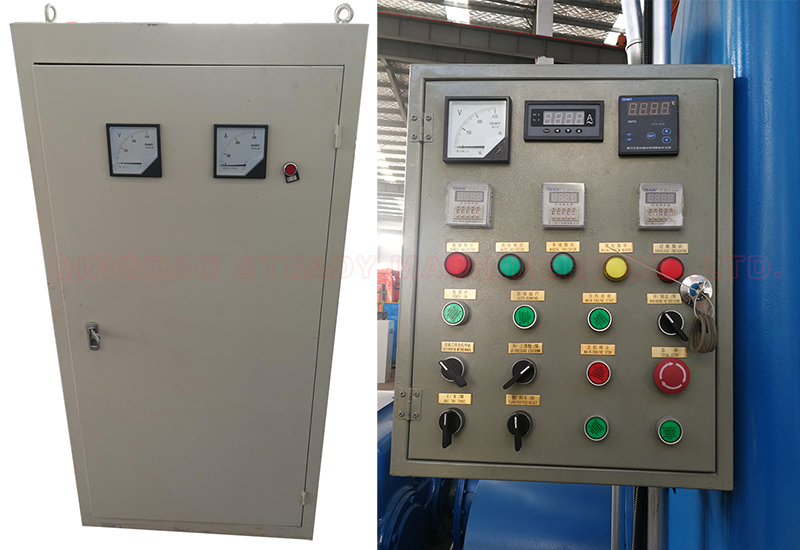
Control Box
Mainly use CHNT brand electronics
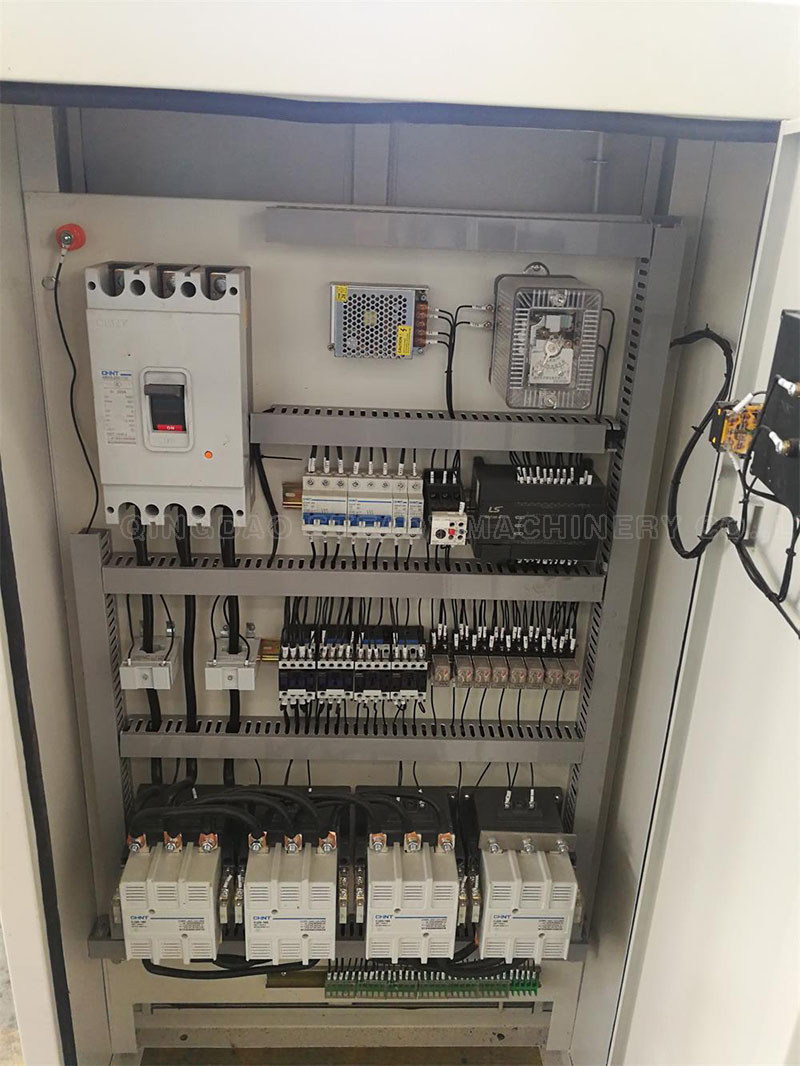
rotors of my company's rubber vulcanizing press machine:
1. The banbury mixer is an internal mixer with intermeshing rotors. The wings and the working surfaces of the rolls, the internal surfaces of the mixing chamber, and the working surfaces of the pressing ram device and the discharge device are all put on with wearable hard alloy by built-up welding method, which are durable and corrosion proof and have a longer life of service.
2. The shape of the rotors is cylindrical. As it has big wings with large cooling area, it can improve the quality of the mixing rubber and thus increase the productive efficiency. It may shorten two mixing periods into one.
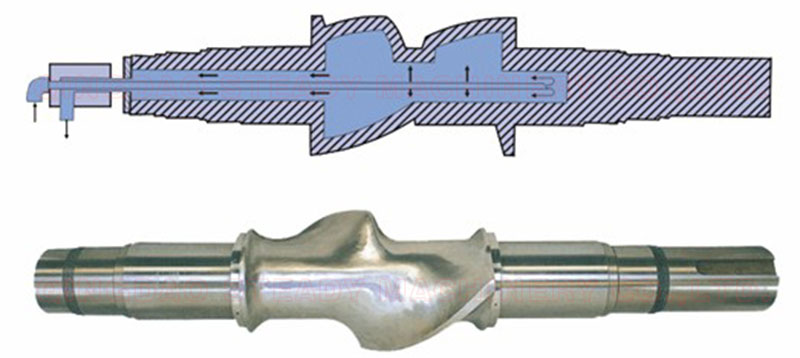
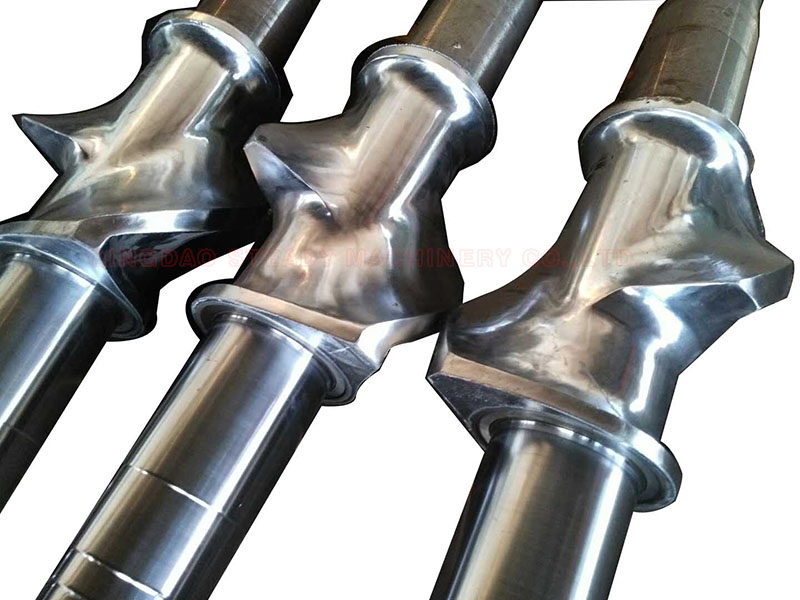
Mixing Chamber
Jacket construction is adopted in parts that surfaces contact with materials to achieve excellent water-cooling or steam heating effect and fit in with the needs of plastics and rubber processing technology.
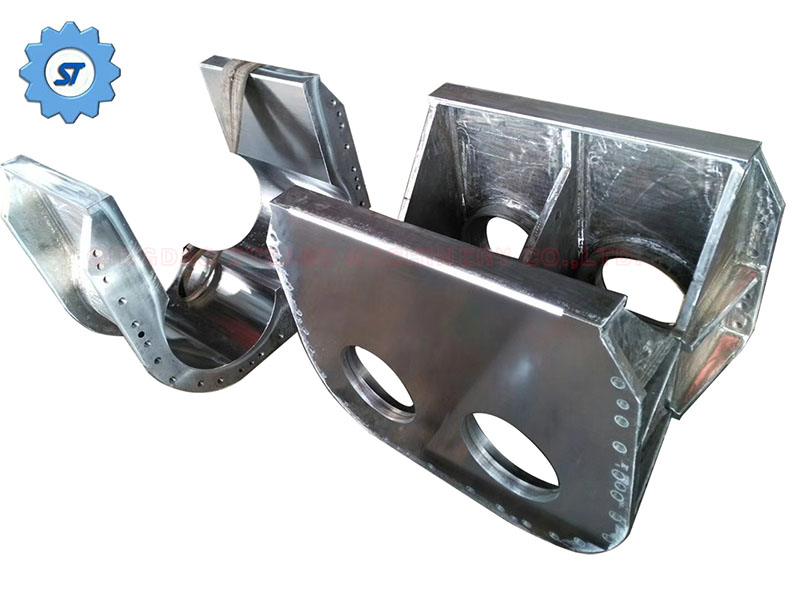
Ruducer, famous brand hard tooth reducer adopted
The hard tooth reducer has the following significant advantages:
1. * * High hardness and high precision * *: The gears of the hard tooth surface reducer undergo heat treatment processes such as carburization and quenching, resulting in a tooth surface hardness of HRC45 or above, some
of which can reach 54-62HRC. This not only improves the wear resistance of the gears, but also ensures high transmission accuracy.
2. * * Enhanced bearing capacity * *: Due to the high hardness of the tooth surface, the hard tooth surface reducer can withstand greater loads and torques, making it suitable for heavy-duty and harsh working conditions,
such as cranes, mining equipment, large cement mixers, etc.
3. * * Improve transmission efficiency * *: The transmission efficiency of hard tooth surface reducers is usually higher than that of soft tooth surface reducers, with a maximum of over 95%, which helps to save energy and
reduce consumption.
4. Compact and Lightweight Design: The optimized design makes the gearbox smaller in size and lighter in weight, while maintaining high load-bearing capacity, which is beneficial for the overall design and layout of the
equipment.
5. Low noise and smooth operation: The excellent machining and high-precision assembly of hard tooth surface gears ensure low noise and stability during the transmission process, improving the working environment.
6. * * Long lifespan and high reliability * *: The wear resistance and high toughness of the hard tooth surface extend the service life of the reducer, reduce maintenance needs, and improve the overall operational reliability of
the equipment.
7. * * Wide applicability * *: The hard tooth reducer is suitable for various industries, including metallurgy, mining, lifting, transportation, cement, construction, chemical, textile, printing and dyeing, medicine, etc., demonstrating
its wide applicability and universality.
8. * * Low maintenance cost * *: Due to its durability and long lifespan, the hard tooth reducer reduces the maintenance and replacement costs for users.
9. * * Efficient heat dissipation * *: Most hard toothed reducers are designed with effective natural cooling or auxiliary cooling systems to ensure normal operating temperatures are maintained even during high load operations.
These advantages make the hard tooth reducer an ideal choice for situations that require high efficiency, high torque transmission, and long-term stable operation.
End seal, brass sealing ring
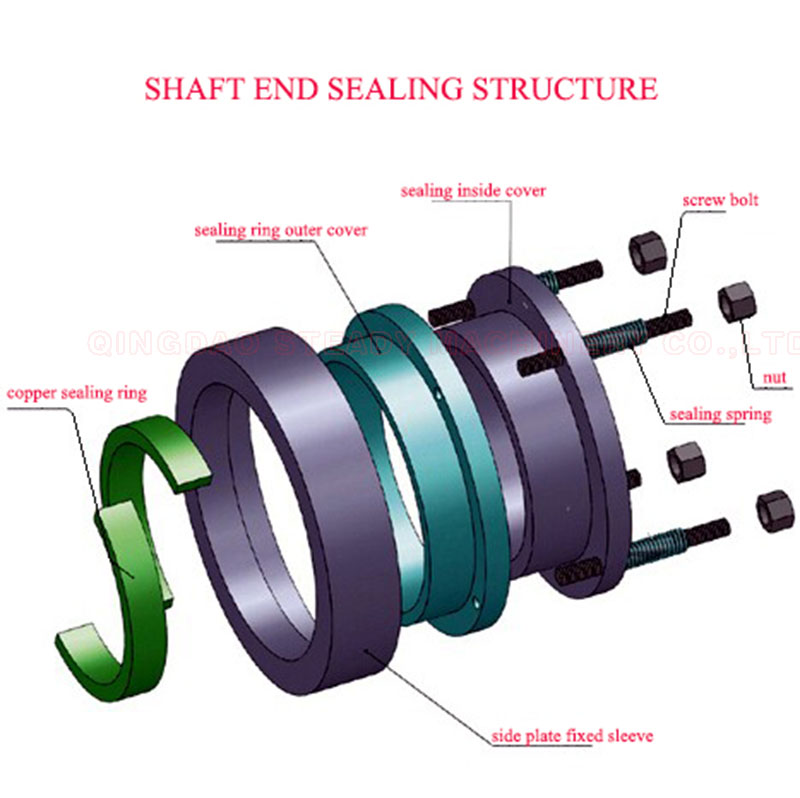
The brass sealing ring in the rubber mixer is one of the key components, mainly used to ensure that the mixer maintains good sealing performance during operation, prevent material leakage, and maintain the working pressure
and temperature inside the equipment.
The brass sealing ring has the following advantages due to its material characteristics:
1. * * Material Uniformity * *: The brass sealing ring is made of a single material, which means that its performance in all parts is uniform and consistent. Compared to the combination sealing ring, it reduces the possibility
of leakage
and separation.
2. * * No electrochemical corrosion * *: Due to the same material of the entire sealing ring, there is no electrochemical corrosion problem caused by different metal contacts, which enhances its durability and service life.
3. * * Wear resistance * *: Especially the brass sealing ring made of tin bronze has excellent wear resistance and is suitable for use in high wear working environments such as rubber mixers.
4. * * High precision machining * *: Through CNC lathe precision machining, the brass sealing ring can achieve high manufacturing accuracy, ensuring good sealing effect and stable equipment operation.
5. * * Complete specifications * *: Manufacturers such as Dalian Chengfeng Rubber Machinery Co., Ltd. provide various specifications of brass sealing rings, suitable for different models of internal mixers, to meet the diverse
needs
of customers.
6. * * Design Optimization * *: The sealing system of modern mixers is constantly evolving, such as using advanced technologies such as hydraulic sealing and spring loaded rotor sealing. These designs require high-performance
sealing rings to achieve better sealing effects.
Motor
We adopts China famous brand pure copper wire motor adopted.
The brand of motor we choose uses high-quality copper wire for coils and wiring, which has excellent conductivity.
Copper wire motors have good conductivity, low resistivity, and can achieve larger output power at smaller currents, thereby reducing electrical energy loss. Good corrosion resistance.
Copper wire motors are less prone to rusting and have a longer service life.
Excellent reliability. The connection points and joints of copper wire motors are easy to solder and connect, thus having higher reliability.
More durable.
The durability of copper wire motors is better than that of aluminum wire motors, because aluminum wire has a higher resistance than copper wire and generates higher heat during use, which can easily burn out the motor.
More energy-efficient, copper wire motors have a smaller resistance and lower heat generation, making them more energy-efficient.
More silent, copper wire motors used in our rubber vulcanizing press machine have less noise because aluminum wire motors have a noise level approximately 7 decibels higher than copper wire motors.
One of the drawings for just reference
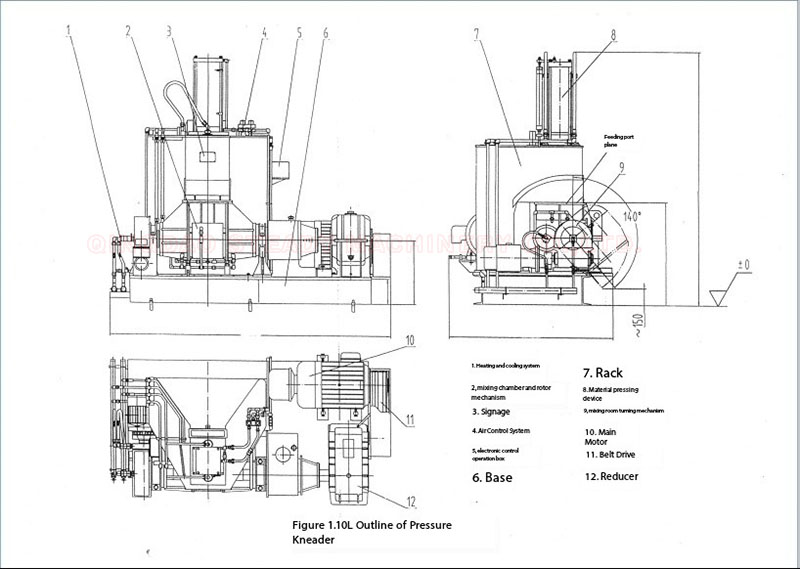
Installation workshop
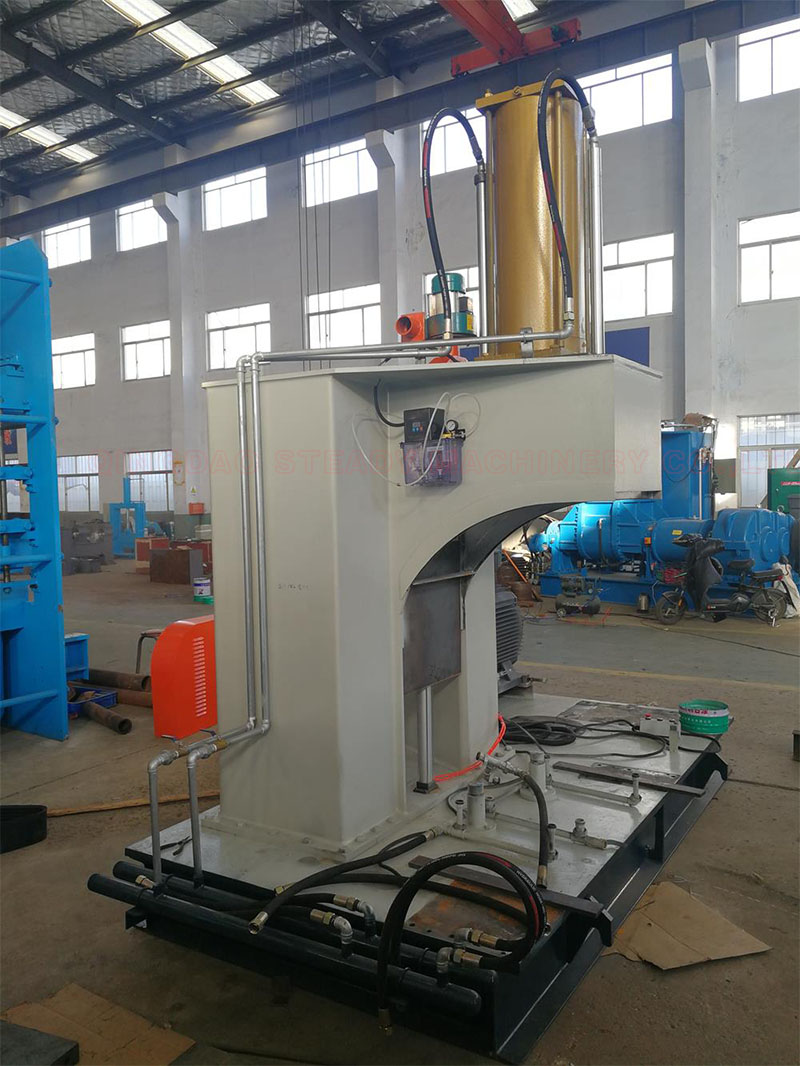
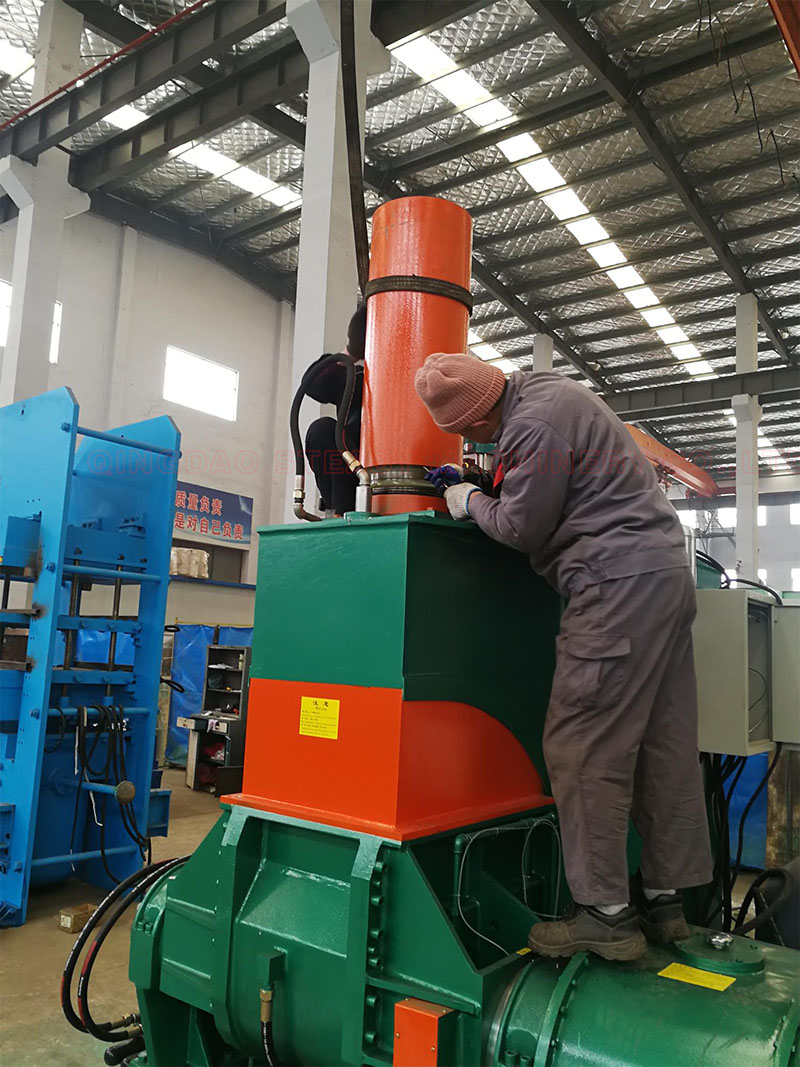
Loading Container Export
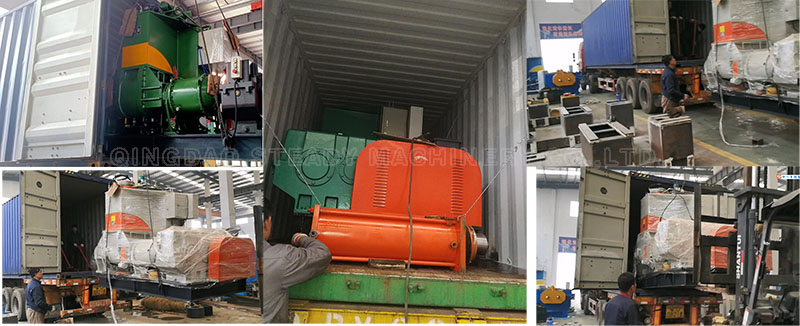
Work in user's factory
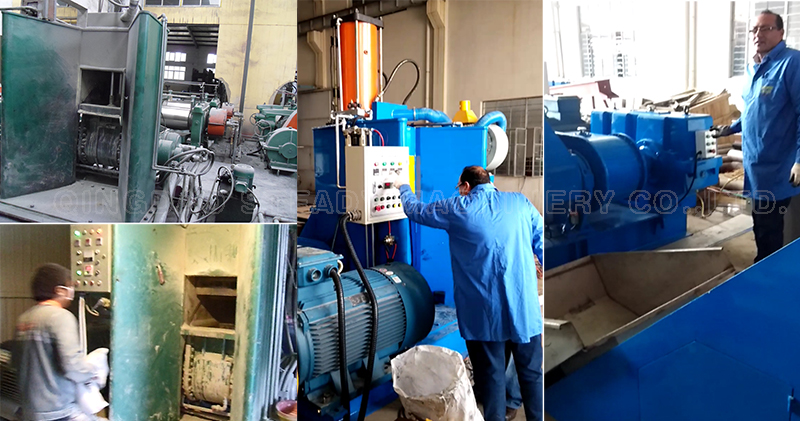
Just contact us


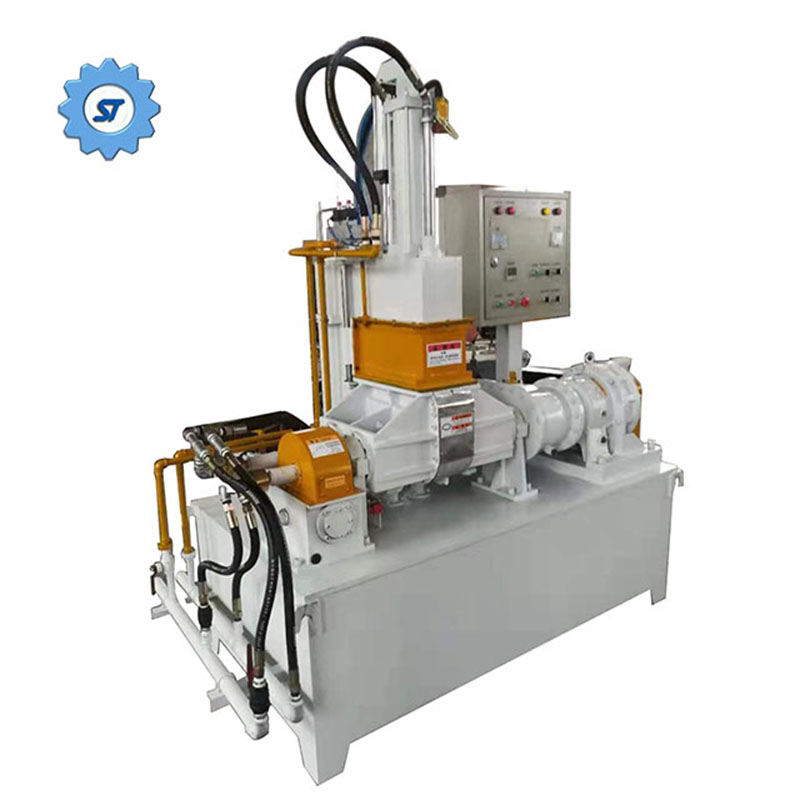
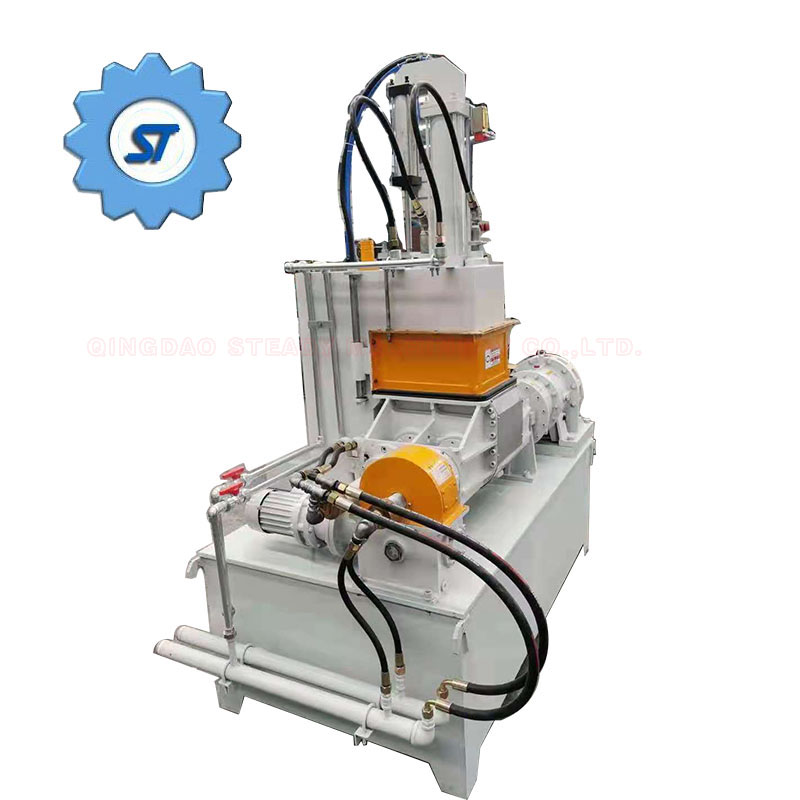
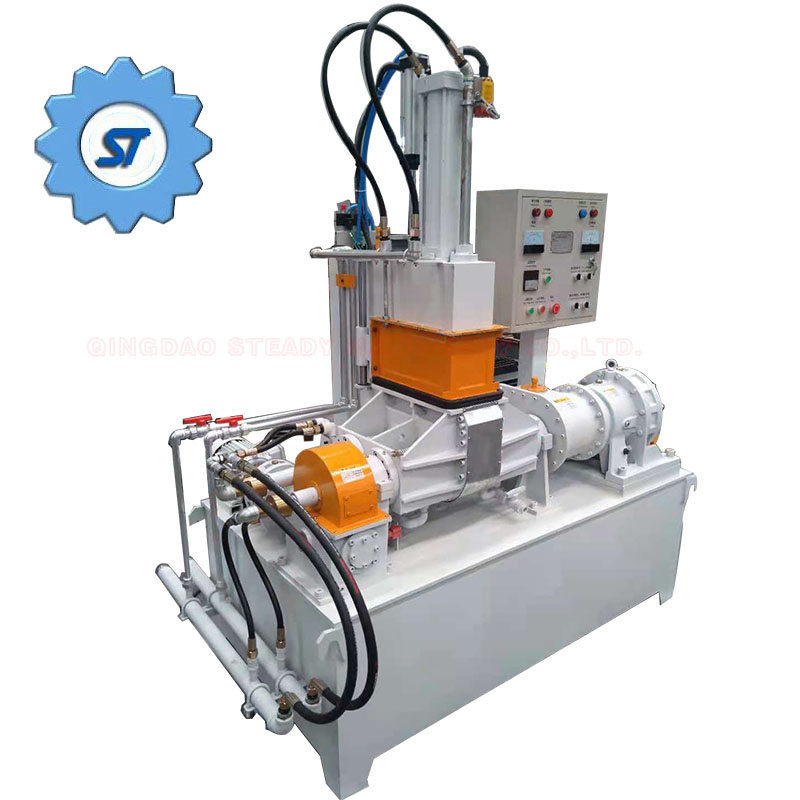
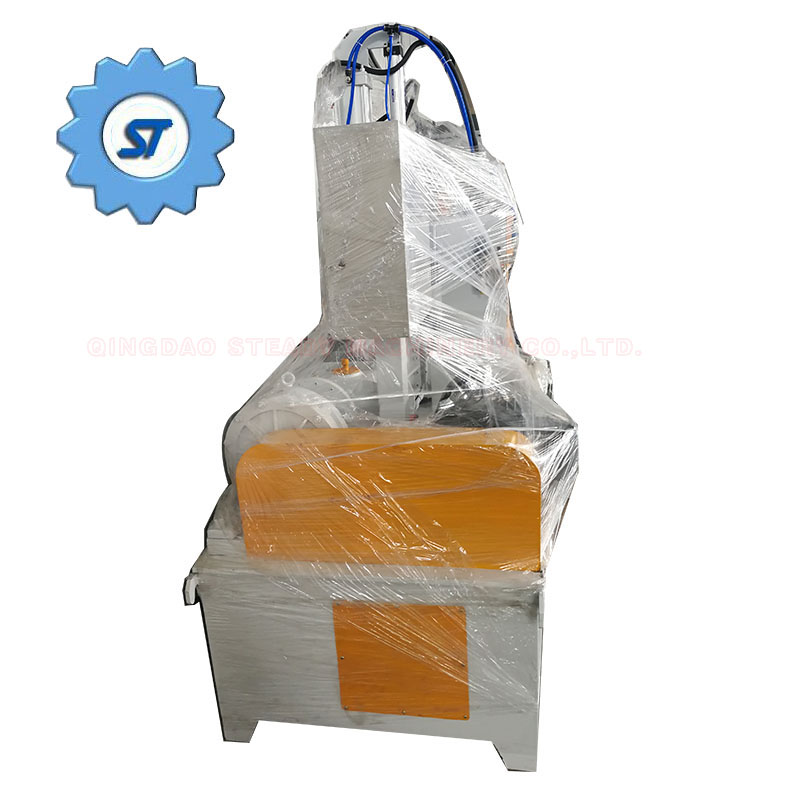
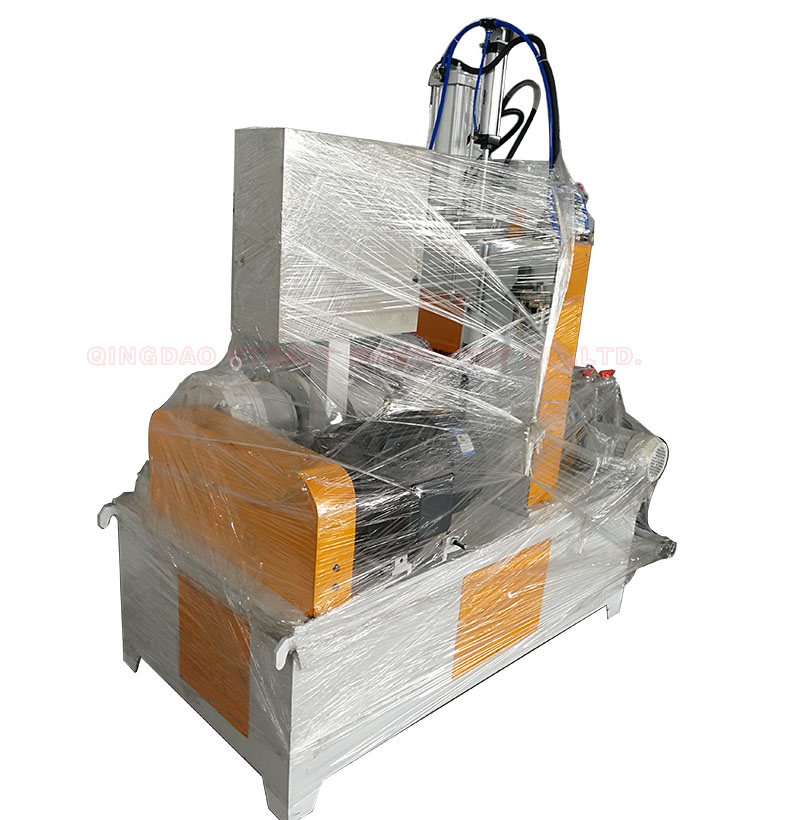
Comments: